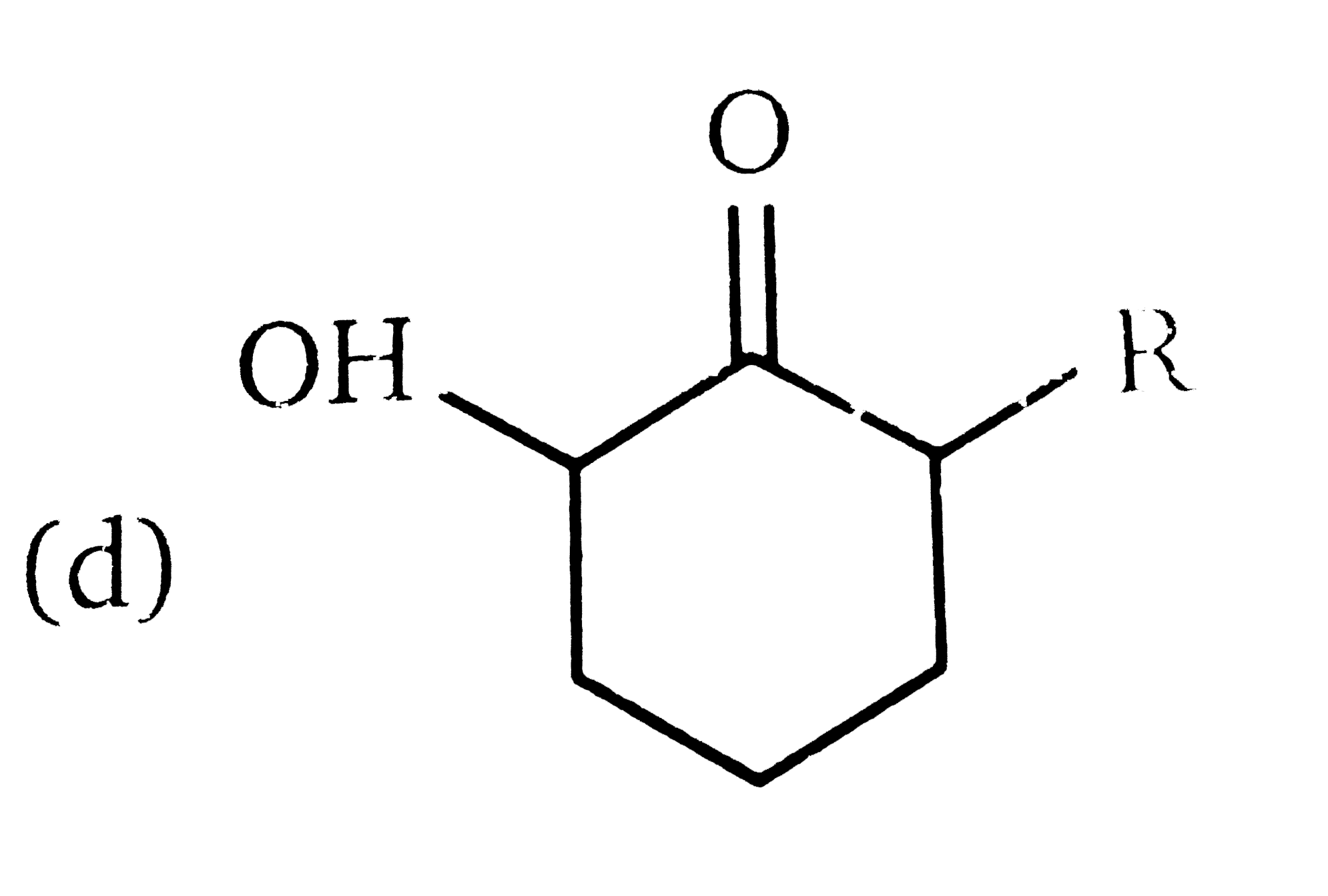
Above reaction is a Baeyer Villiger rearrangement of an asymmetric ketone with magnesium mono peroxo pthalate hexahydrate (in the drawing , Mg+2 is omitted for clearity ) identify major product .




The correct Answer is:B
(b) Oxidation of ketone will take place . (Insertion of oxygen take place in between )
Topper's Solved these Questions
- BOOK - MS CHOUHANCHAPTER - ALDEHYDES AND KETONES EXERCISE - Level 1 (Q.121 To Q.150)1videos
ALDEHYDES AND KETONES
- BOOK - MS CHOUHANCHAPTER - ALDEHYDES AND KETONES EXERCISE - Level 27videos
ALDEHYDES AND KETONES
- BOOK - MS CHOUHANCHAPTER - ALCOHOLS FROM CARBONYL COMPOUNDSEXERCISE - Additional Objective Questions (Multiple Correct Choice Type )1videos
ALCOHOLS FROM CARBONYL COMPOUNDS
- BOOK - MS CHOUHANCHAPTER - ALDEHYDES AND KETONES I. NUCLEOPHILIC ADDITION TO THE CARBONYL GROUPEXERCISE - ADDITIONAL OBJECTIVE QUESTIONS (SINGLE CORRECT CHOICE TYPE)17videos
ALDEHYDES AND KETONES I. NUCLEOPHILIC ADDITION TO THE CARBONYL GROUP
Similar Questions
The formulae of four organic compounds are given below :
A B C DC2H4CH4COOHC2H5OHC2H6
(i) Which one of these compounds A, B, C or D is a saturated hydrocarbon ?
(ii) Identify the organic acid and give its structural formula.
(iii) Which of the above compounds when heated at 443 K in the presence of concentrated H2SO4 forms ethene as the major product ? What is the role played by concentrated H2SO4 in this reaction ? Also write the chemical equation involved.
(iv) Given a chemical equation when B and C react with other in presence of concentrated H2SO4. Name the major product formed and mention one of its important use.View Solution(a) An organic compound (A) having molecular formula C4H8O gives orange red precipitate with 2, 4-DNP reagent. It does not reduce Tollens' reagent but gives yellow precipitate of iodoform on heating with NaOH and I2. Compound (A) on reduction with NaBH4 gives compound (B) which undergoes dehydration reaction on heating with cone. H2SO4 to form compound (C). Compound (C) on ozonolysis gives two molecules of ethanal.
Identify (A), (B) and (C) and write their structures. Write the reactions of compound (A) with (i) NaOH/I2 and (ii) NaBH4.
(b) Give reasons :
(i) Oxidation of propanal is easier than propanone.
(ii) α-hydrogen of aldehydes and ketones is acidic in nature.
Or
(a) Draw structures of the following derivatives :
(i) Cyanohydrin of cyclobutanone
(ii) Hemiacetal of ethanal
(b) Write the major product(s) in the following :
(i) CH3−CH=CH−CH2−CN(i)DIBAL−H−−−−−−−−−−−→(ii)H3O+<br>(ii)CH_(3) - CH_(2) - OH overset(CrO_(2)) (to)
(c) How can you distinguish between propanal and propanone ?View Solution
Knowledge Check
- Question 1 - Select One
Di-tert-glycols rearrange in the presence of acid to give α-trtiary ketones. The trivial name of the simplest glycol of this type is pinacol, and this type of reaction therefore is named pinacol rearrangement (in this specific case, the reaction is called a pinacol-pinacolone rearrangement). The rearrangement involves 4 steps. one of the hydroxyl group is protonated in the first step. A molecule of water is eliminated in the second step and a tertiary carbocation is formed. the carbocation rearranges in the third step into a more stable carboxonium ion via a [1, 2] rearrangement. In the last step, the carboxonium ion is deprotonated and the product ketone is obtained.


How many products obtained in above reaction ?A1B2C3D4 - Question 2 - Select One
24 gm pure sample of magnesium is burnt in air to form magnesium oxide and magnesium nitride. When products are treated with excess of H2O , 3.4 gm of gaseous NH3 is generated according to given reactions.
Mg+O2→MgO
Mg+N2→Mg3N2
Mg3N2+6H2O→2Mg(OH)2+2NH3
Calculate the amount of Mg(OH)2 (in gm) produced in above reaction.A11.6B17.4C23.2D15.8 - Question 3 - Select One
CH3−CH=CH3Br2−−−−−→hv(low conc.)Mg−−−−−→Dry etherCH3−O∣∣C−CH3−−−−−−−−−→NH4ClH+−−→Δ(X)(major)
End product (X) of the above reaction is :ACH2=CH−CH2−CH2∣∣C−CH3BH2C=CH−CH=C∣CH3−CH3CH2C=CH−CH2=OH∣C∣CH3−CH3DH2C=CH−CH2−CH−CH2∣CH3−OH
